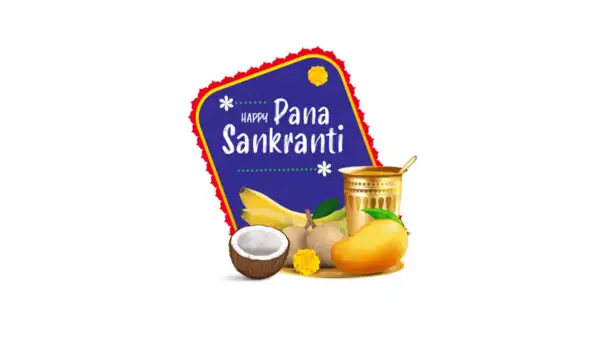As Odisha prepares for Mesh Sankranti 2025, also known as Pana Sankranti or the Odia New Year, it’s time to celebrate new beginnings, ethnic pride, and deep relationships. This fortunate day symbolizes the Sun’s transition into the Mesha Rashi (Aries), which represents new vitality, a new year in the Odia calendar, and the beginning of summer harvest celebrations.
The warm sun shines its golden glow across Odisha, filling the air with the pleasant perfume of bael leaves, sandalwood paste, and the rich flavor of jaggery-laced Pana. Pana Sankranti, the ancient Odia New Year event, is an age-old celebration that combines devotion, culture, and appreciation.
Every festival in the heart of this eastern state celebrates the region’s rich heritage and spiritual passion. Pana Sankranti is no exception, representing a spiritual homecoming, agrarian appreciation, and deep devotion for Lord Jagannath and Hanuman. The festival goes beyond ordinary celebration, becoming a moving tribute to the holy and the natural world.
Maha Vishuba Sankranti is the first day of the new Odia almanack, and hence the traditional Odia New Year’s Day. Traditionally, this is also Lord Hanuman’s birthday.
Significance of Day
Mesha Sankranti, the first day of the new year according to the Odia calendar, is usually celebrated on April 14. This day marks the conclusion of Spring and the beginning of Summer. Solar worshippers regard it as an excellent day for worship and ceremonies.
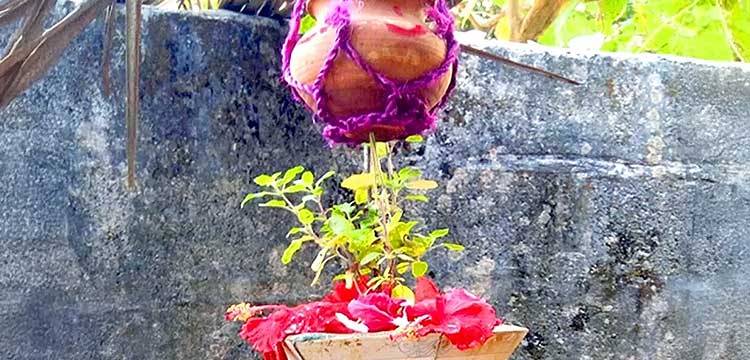
During Mesha Sankranti, also known as Pana Sankranti, water is presented to plants and living beings as a sign of respect and appreciation. A unique ritual is placing a pot with small holes at the bottom above a Tulsi plant and allowing water to trickle down gradually. This practice represents the significance of conserving water and sustaining life throughout the scorching heat. Because of this practice, this Sankranti is also referred to as Jalasankranti.
On this day, the sacred Jhamu Brata is observed and individuals who adhere to this vow are known as Patua. During the brata’s conclusion, devotees walk on hot coals to demonstrate their devotion and physical fortitude. In several parts of Odisha, this brata is celebrated with enthusiasm.
Through its rigorous traditions, the Patua group teaches society essential lessons about perseverance and the ability to overcome adversity, as shown by surviving great heat.
Maha Vishuba Sankranti is observed with great devotion and excitement throughout Odisha. Devotees visit pilgrimage sites and temples, take holy dips in rivers, and offer special prayers to their deities. The celebrations are highlighted by bright fairs (melas), when families assemble to watch traditional dance and music performances. These melas also feature stalls selling local delicacies, handicrafts, and other products, adding to the festive atmosphere.



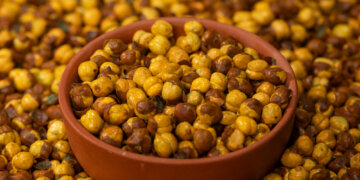
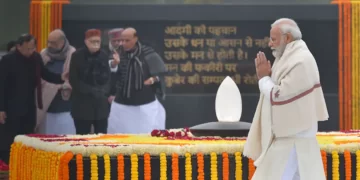

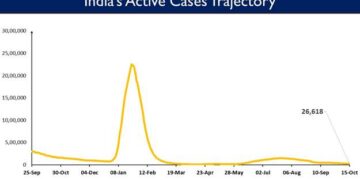
 Finance
Finance